Unique Forms of Continuity in Space is a famous large bronze sculpture by Italian futurist artist Umberto Boccioni. The bronze castings of Unique Forms of Continuity in Space were made 30 years after his death.
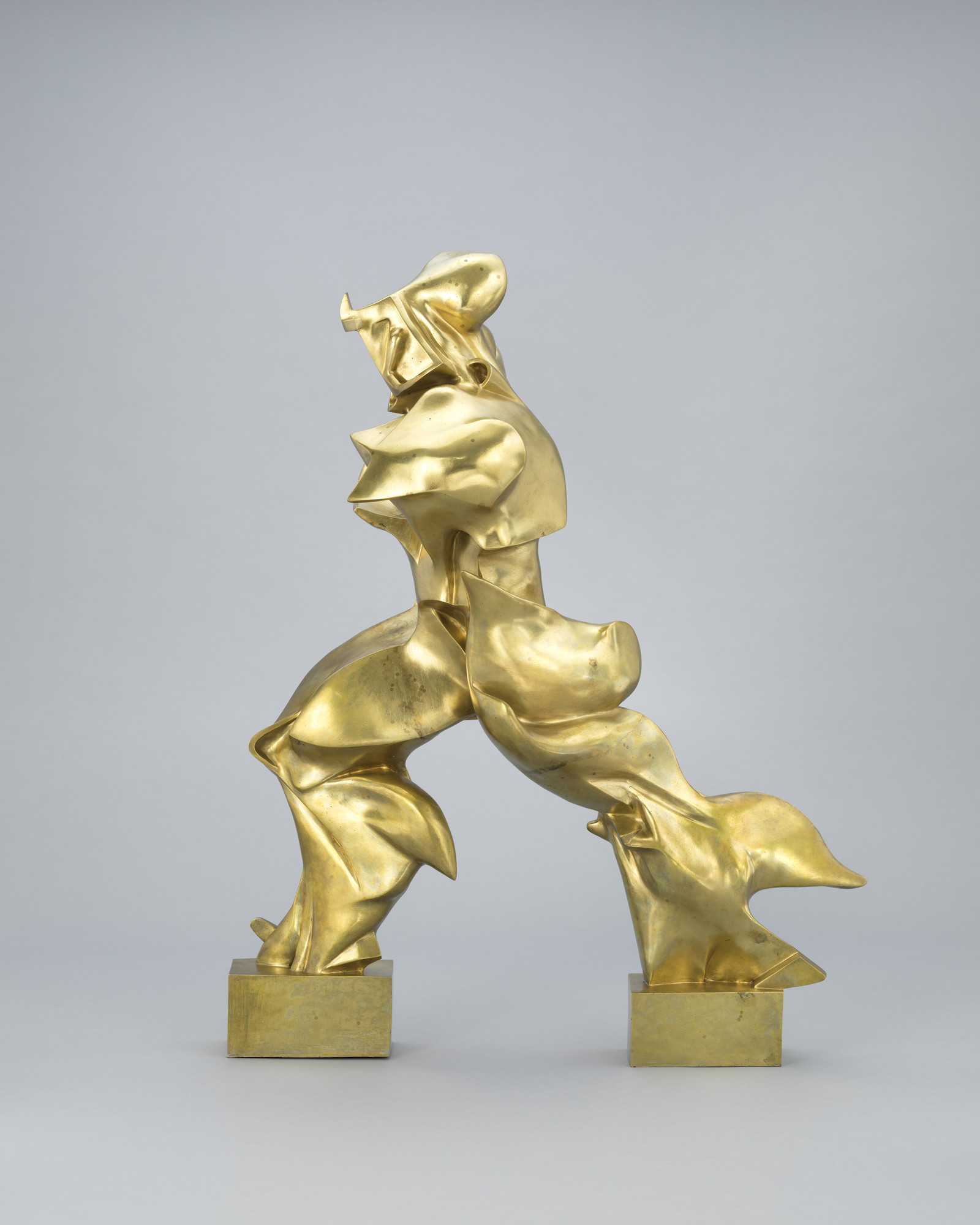
Umberto Boccioni Unique Forms Of Continuity In Space 1913 Cast 1931 Or 1934 Moma
Boccionis Unique Forms of Continuity in Space a sculpture depicting an abstracted quasi-human form in motion was considered at the time of its making to represent the height of achievement when it came to depicting movement through the plastic arts.
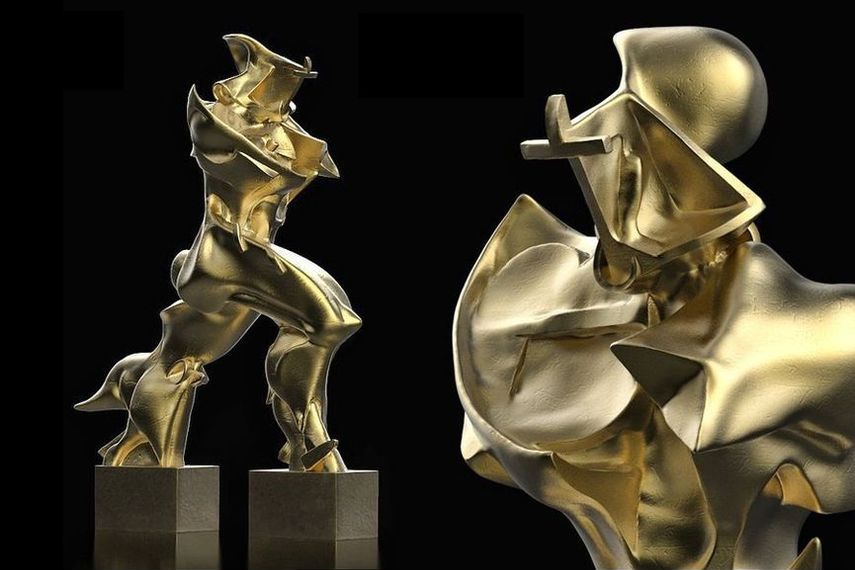
Unique forms of continuity in space facts. The best piece in the show is a sculpture on loan from the Tate entitled Unique Forms of Continuity in Space. Up until 1912 Boccioni had been a painter but after visiting. Unique Forms of Continuity in Space depicts a human-like figure apparently in motion.
Unique Forms of Continuity in Space has also been compared to Rodins armless Walking Man of 1907. Unique Forms of Continuity in Space depicts a powerful human form in action seemingly flying or gliding through the air. The speed and fluidity of movement - what Boccioni called a synthetic continuity - is brilliantly captured in this bronze piece with the human figure gliding through space almost as if man himself is becoming machine moving head-on into forceful winds.
The futurist movement was founded by writers and artists like Umberto Boccioni who enthused about new inventions such as cars and electricity. Unique Forms of Continuity in Space has also been compared to Rodins armless Walking Man of 1907. Unique Forms of Continuity in Space 1913 Short Biography Umberto Boccioni 19 October 1882 17 August 1916 was an influential Italian painter and sculptor.
It is a heroic. In Unique Forms of Continuity in Space the figure is aerodynamically deformed by speed. As a pedestal two blocks at the feet connect the figure to the ground.
Painting and sculpturecontours of a bottle and Unique Forms of Continuity in Space 1913 in which a human figure is not portrayed as one solid form but is instead composed of the multiple planes in space through which the figure moves. The figure is also armless and without a discernibly real face. Boccioni and the Futurists rejected traditional sculptural materials.
Boccioni made the plaster sculpture in 1913 with the bronze examples seen in museums being cast from the plaster sculpture or from other bronze castings. Umberto Boccioni Dynamism of a Soccer Player 1913 oil on canvas 1932 x 201 cm The Museum of Modern Art New York Unique Forms is one of a series of sculptures of striding figures. Unique Forms of Continuity in Space is Boccionis most well-known work and is considered a masterpiece of early modern sculpture The piece was originally cast in plaster and the bronze version seen below and in museums around the world was cast long after the artists death.
The powerful body in. It shows an indomitably muscular figure striding through space. Unique Forms of Continuity in Space integrates trajectories of speed and force into the representation of a striding figure.
The billowing figure captures the essence of forward motion and seems to defy its heavy material form. In the early years of the twentieth century industrialisation swept across Italy. Unique Forms is one of a series of sculptures of striding figures that Boccioni created in 1913.
Marble and metal although we owe much to the casting in bronze as it preserved the work for. The figures marching silhouette appears deformed by wind and. Boccioni exaggerated the bodys dynamism so that it embodied the urge towards progress.
Boccioni produced several mixed media sculptures and the original Unique Forms of Continuity in Space was like the majority of his sculptures made of plaster. Boccioni did not show this through the repetition of arms legs and faces but by having fluid drapery flow behind and being armless. Unique Forms of Continuity in Space is a smooth solid human looking shape.
The influence of cubism and geometrism can be seen in the angular nature of this piece as it has many smooth lines with pointy sides and edges 4. As Futurisms leading art theorist Boccioni considered the work of other Modernist. At the Sainsbury Centre for Visual Arts SCVA Umberto Boccionis 1882-1916 Unique Forms of Continuity in Space 1913 appears somewhat out of place.
The Futurists celebration of the fast pace and mechanical power of the modern world is emphasized here in the sculptures dynamism and energy. The sculpture has an aerodynamic and fluid form. Flanked by Head of an Oba King from sixteenth-century Nigeria and Head of a Staff God from the Cook Islands it seems to.
The Futurists wanted to destroy the museums but in the end their work was added to the canon of Italian sculpture. Unique forms of continuity in space at the SCVA review. It does not depict a particular person at a specific moment but rather synthesizes the process of walking into a single body.
Unique Forms of Continuity in Space.
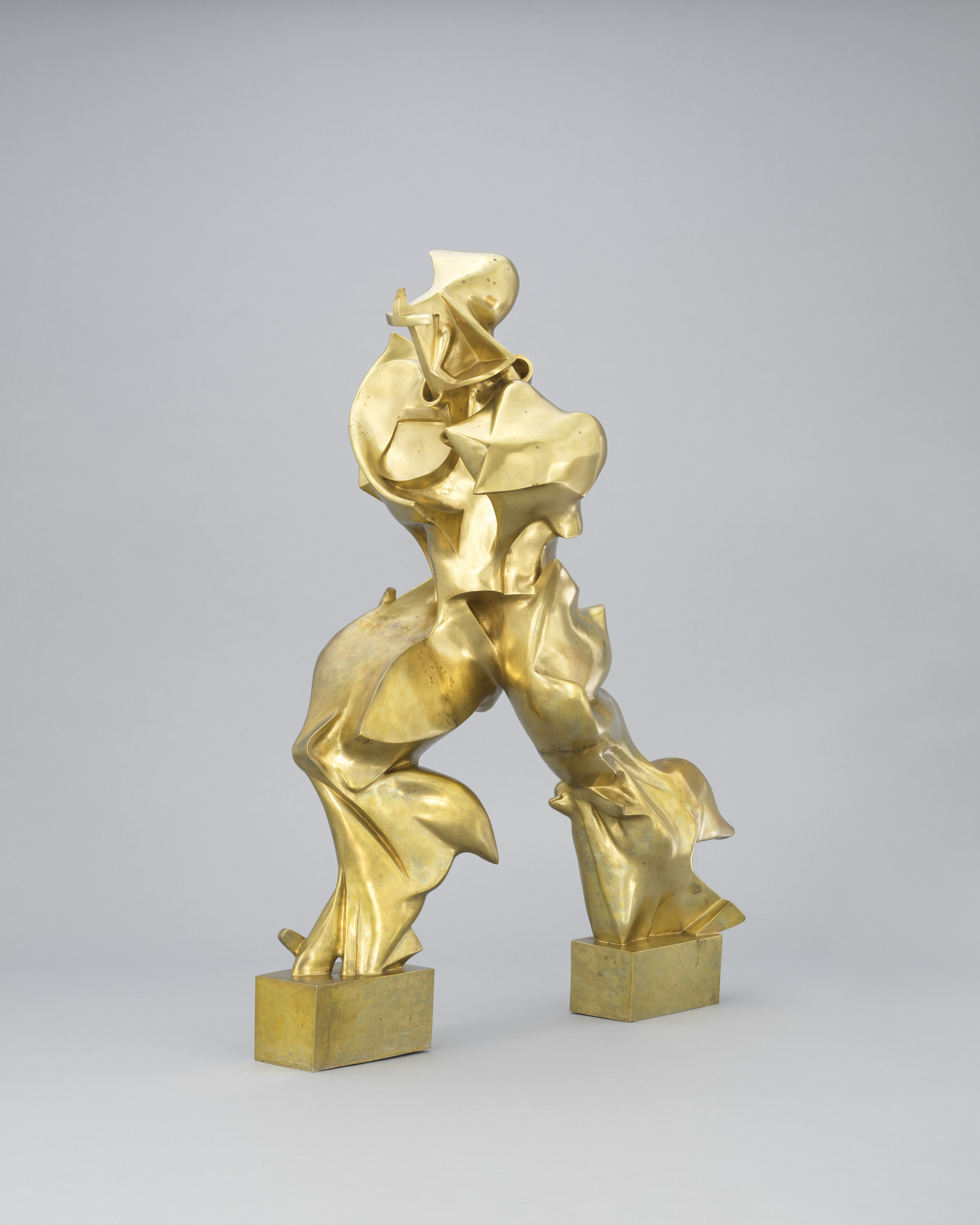
Umberto Boccioni Unique Forms Of Continuity In Space 1913 Cast 1931 Or 1934 Moma

All You Need To Know About Boccioni S Unique Forms Of Continuity In Space Widewalls

Umberto Boccioni Unique Forms Of Continuity In Space Article Khan Academy
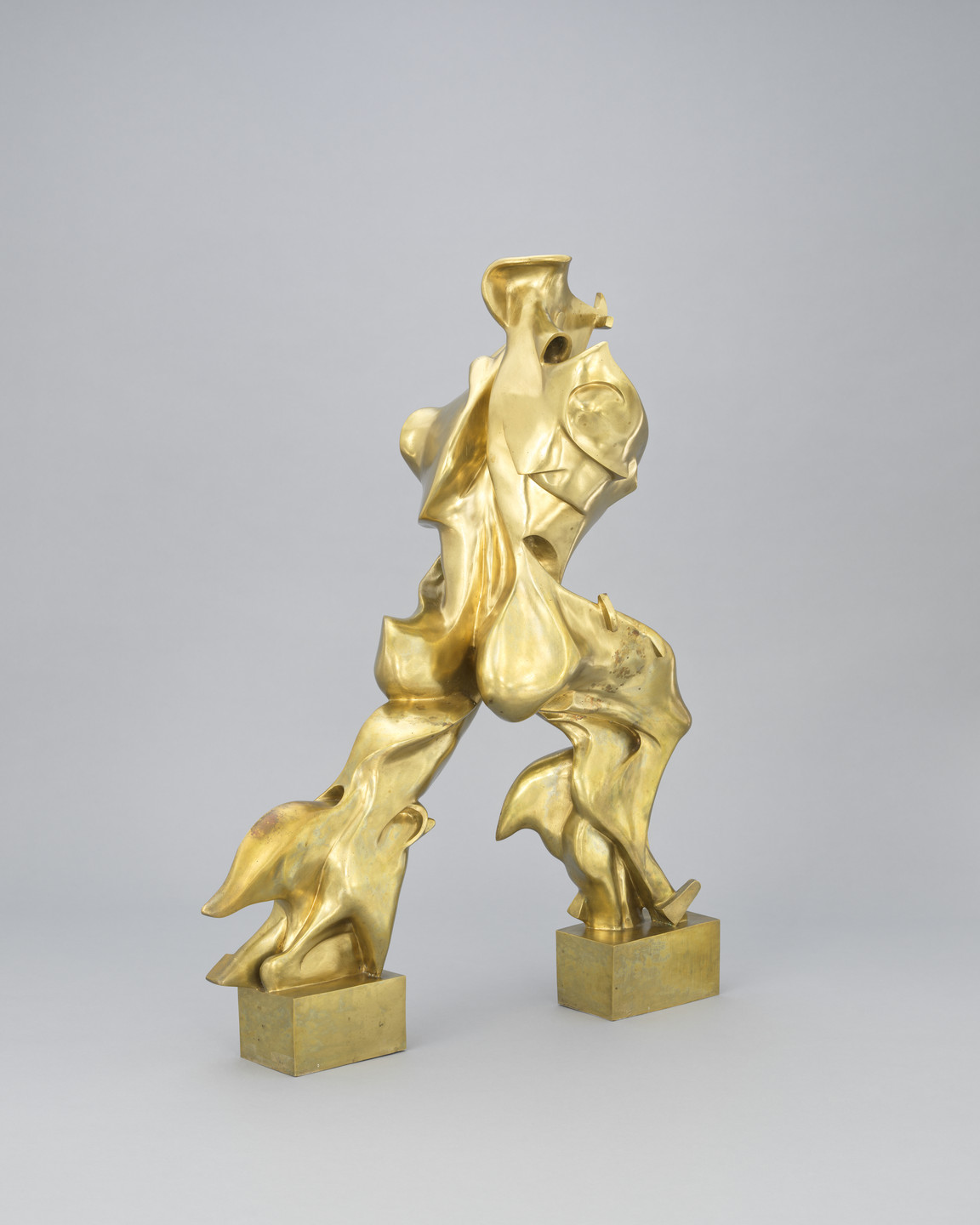
Umberto Boccioni Unique Forms Of Continuity In Space 1913 Cast 1931 Or 1934 Moma
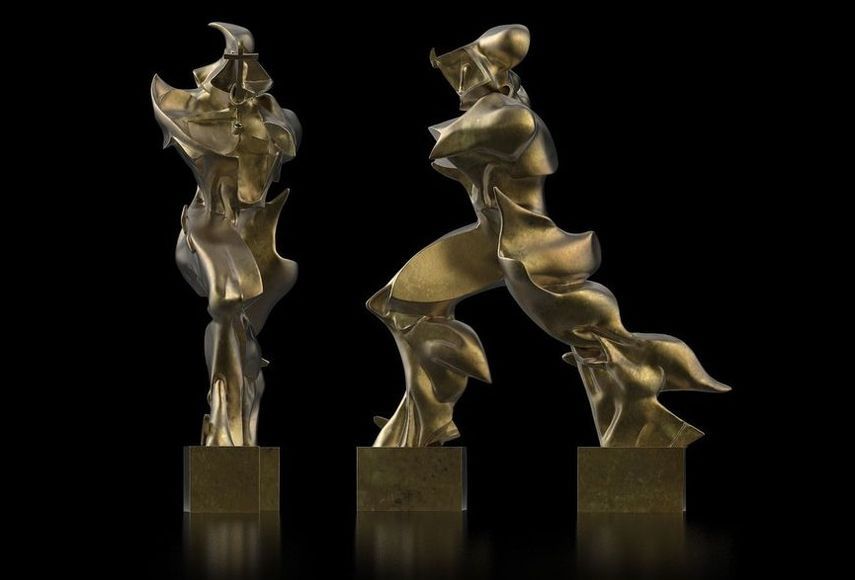
All You Need To Know About Boccioni S Unique Forms Of Continuity In Space Widewalls

Unique Forms Of Continuity In Space Umberto Boccioni 1913 Cast 1972 Tate
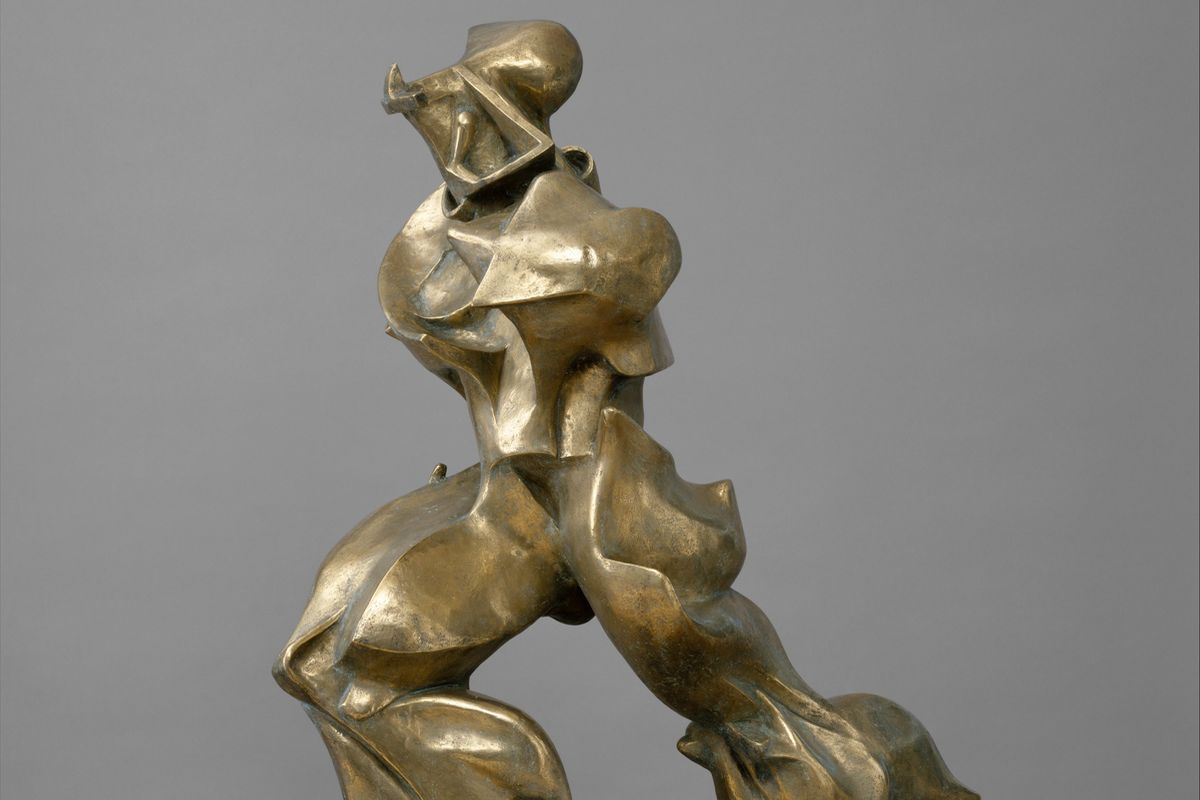
All You Need To Know About Boccioni S Unique Forms Of Continuity In Space Widewalls

All You Need To Know About Boccioni S Unique Forms Of Continuity In Space Widewalls

Umberto Boccioni Unique Forms Of Continuity In Space Article Khan Academy
0 comments:
Post a Comment